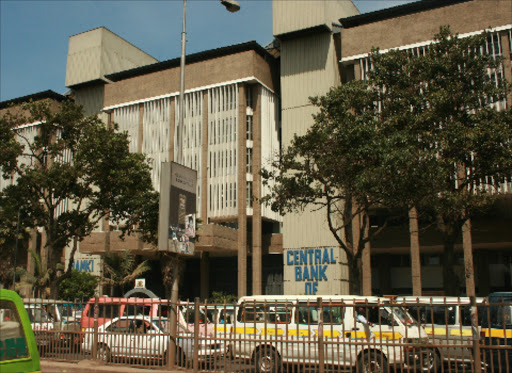Lenders started the year with a lot of optimism, with banking sector analysts projecting better returns on repealed interest cap law.
Almost all tier-one banks reported improved net earnings for the first quarter ended March 2020, with KCB Group for instance recording eight per cent growth to Sh6.3 billion compared to Sh5.8 billion same period the previous year.
Even so, Equity Bank’s profits for the same period plummeted 14 per cent to Sh5.3 billion, with the lender’s loan loss provision increasing by 10 folds to Sh3 billion compared to a similar period in 2019.
Co-operative Bank on other hand reported a marginal 0.2 per cent reduction in profit after tax to Sh3.58 billion down from the Sh3.59 billion posted the previous year.
Almost all local lenders warned that they expect their half-year results to drop further as the effects of coronavirus, which had been detected globally in January but recorded the first victim in Kenya in March took a toll on the economy.
CBK’S RELIEF MEASURES
As the virus spread, disrupting social economic activities, the government announced emergency measures to safeguard households.
The Central Bank of Kenya (CBK) also introduced some emergency measures for borrowers whose loan repayments were up to date as of March 2.
It for instance asked banks to offer six months moratorium on loans and asked the credit bureau to stop blacklisting defaulters for six months to September and delist those with arrears below Sh1000.
Furthermore, all fees associated with checking balances for mobile digital platforms were lifted. All charges for transactions between transfers between mobile money wallets and bank accounts were also waived.
Those measures and dwindling revenues for households had an overriding effect on banks earnings, with loan defaults hitting roof. According to CBK, average NPLs hit 14 per cent.Reputable global credit rating agencies: Moody’s and Fitch have projected the loan default to hit 15 per cent by the end of the year.Wile loan default rate in Kenya rose steadily between September 2015 to June 2018, and have hovered between 12-13 per cent of gross loans for the following two years, it has grown sharply during Cpvid-19 era.This has forced banks to set aside a sizable chunk of cash in loan loss provision in accordance with IFRS9.According to CBK, total loans amounting to Sh1.38 trillion (or 46.5 percent of the total banking sector loan book of Sh2.97 trillion) had been restructured by the end of October, in line with the emergency […]
